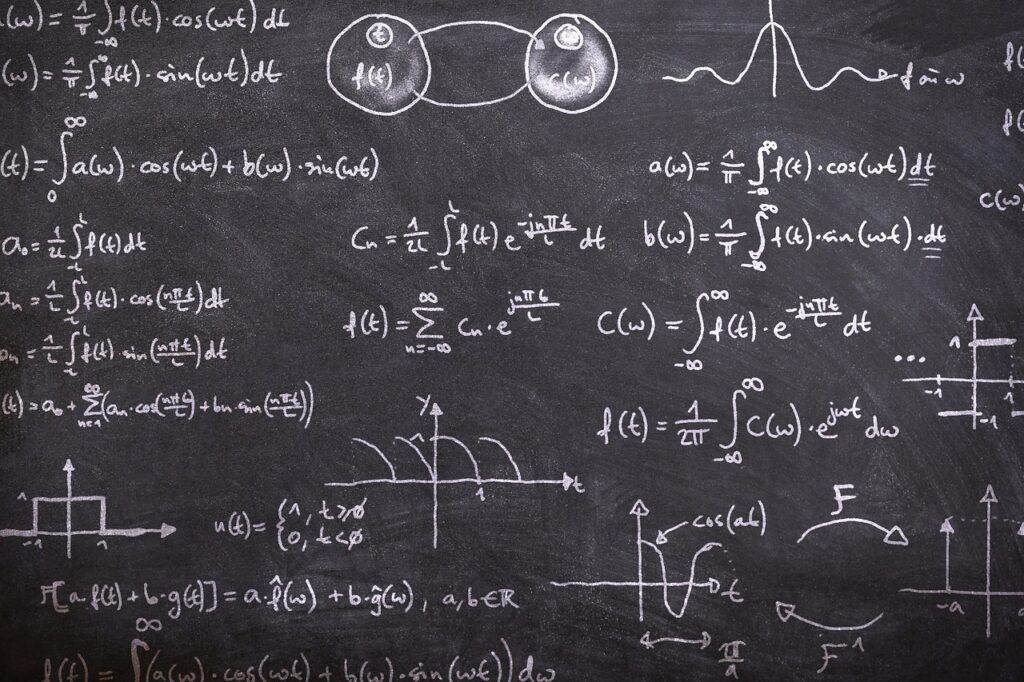In the world of art and design, there exists a timeless principle that seems to transcend cultural and historical boundaries – the Golden Ratio. This mathematical concept, often denoted by the Greek letter phi (φ), has guided the creation of aesthetically pleasing compositions for centuries. Kai Kunz Northbridge unravels the mysteries behind the Golden Ratio, explains its mathematical underpinnings, and shares how artists and designers employ it to create visually harmonious masterpieces.

What Is The Golden Ratio?
At its core, the Golden Ratio is a mathematical proportion that appears in various natural and man-made structures, from seashells and flowers to ancient architecture and modern artworks. The ratio is approximately 1.618 and is often called “phi.” Mathematically, two quantities are said to be in the Golden Ratio if the ratio of their sum to the larger of the two quantities is the same as the ratio of the larger quantity to the smaller one.
In simpler terms, if you have a line divided into two parts, the ratio of the whole line to the longer segment is the same as the ratio of the longer segment to the shorter one. This proportion, known as the Golden Ratio, has a peculiar aesthetic appeal that has captivated artists and designers throughout history.
The Golden Ratio In Art
Artists have long been intrigued by the idea that there might be a mathematical formula for beauty. The Golden Ratio is a guiding principle in composition, influencing the placement and proportions of elements within a piece. One of the most famous instances of the Golden Ratio in art is found in the proportions of the Parthenon in Athens, Greece. The dimensions of this ancient temple align remarkably closely with the Golden Ratio, contributing to its sense of balance and visual harmony.
Leonardo da Vinci, renowned for his meticulous attention to detail, incorporated the Golden Ratio in his masterpieces like the Mona Lisa. The dimensions of the painting, including the placement of the subject’s face and the background landscape, adhere to the Golden Ratio. This subtle application of mathematical precision contributes to the timeless allure of da Vinci’s work.
Practical Applications In Design
Beyond the realm of fine art, the Golden Ratio is a valuable tool in graphic design, architecture, and product design. Designers use the ratio to create visually engaging and aesthetically pleasing layouts. For instance, when designing a logo, the Golden Ratio can determine the proportions of different elements, ensuring a balanced and appealing composition.
In website design, the Golden Ratio can guide the placement of images, text, and other elements, creating a more visually satisfying user experience. By applying this mathematical principle, designers can enhance the overall aesthetic appeal of their creations, whether it’s a website, poster, or packaging design.
The Fibonacci Sequence And Its Connection
An interesting connection to the Golden Ratio lies in the Fibonacci sequence. This sequence is formed by adding the two preceding numbers to get the next one (0, 1, 1, 2, 3, 5, 8, 13, 21, and so on). As you progress through the sequence, the ratio of consecutive Fibonacci numbers approaches the Golden Ratio. This intriguing relationship adds another layer of complexity to the mathematical beauty found in art and nature.
Conclusion
The Golden Ratio, with its simple yet profound mathematical elegance, continues to be a source of inspiration for artists and designers across the globe. From the ancient architects of Greece to the Renaissance masters and contemporary graphic designers, the allure of this ratio lies in its ability to evoke a sense of harmony and balance. By understanding and applying the Golden Ratio, creators can infuse their works with a timeless quality that transcends cultural and stylistic boundaries. The Golden Ratio is a testament to the enduring pursuit of beauty through precision and proportion in the intricate dance between mathematics and aesthetics.
